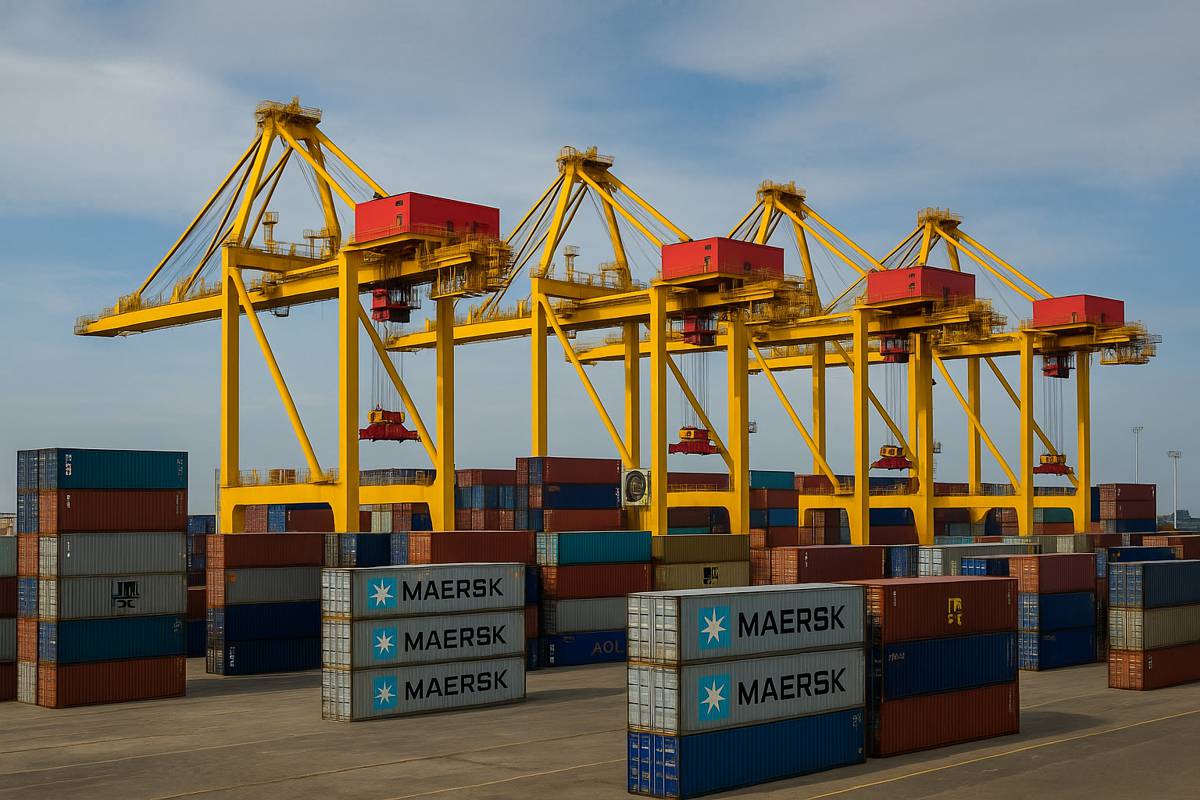Orca Hub unveils AI and robotics research for offshore infrastructure work
A consortium of five universities, working with 35 industrial and innovation partners, has unveiled the latest results from its multimillion-pound Orca Hub (Offshore Robotics for the Certification of Assets) robotics research collaboration.
The largest academic centre in the world for research into robotics technology for offshore energy infrastructure, the ORCA Hub’s aim is to advance robotics and Artificial Intelligence technologies for the inspection, repair, maintenance and certification of offshore energy platforms and assets.
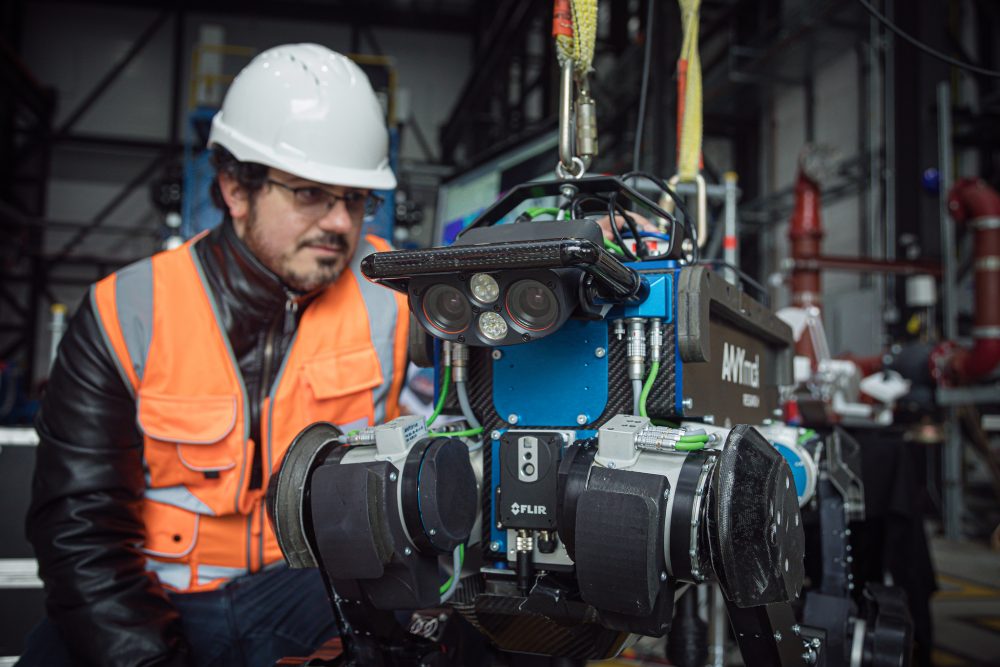
Creating solutions to some of the most challenging, hard to reach and hazardous real-world problems in the energy sector, ORCA Hub was launched in October 2017. It forms part of the Government’s £93m R&D funding on “Robotics and AI for Extreme Environments” through the Industry Strategic Challenge Fund (ISCF).
The ORCA Hub is led by the Edinburgh Centre for Robotics, a partnership between Heriot-Watt University and the University of Edinburgh. The consortium also includes Imperial College London, the University of Oxford and the University of Liverpool.
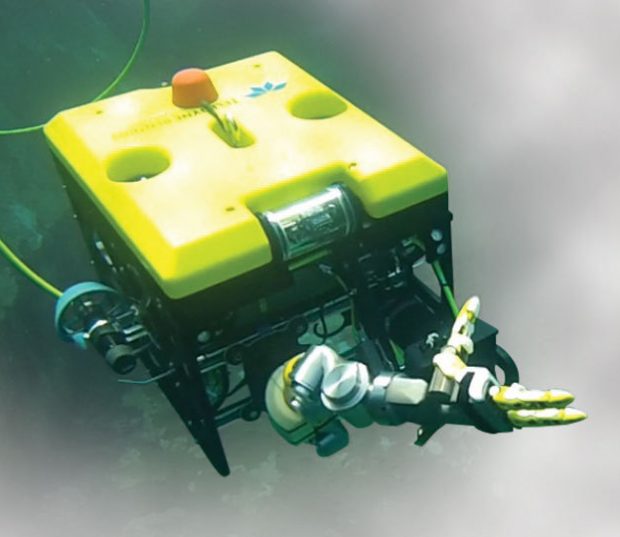
Unveiling recent results at its third presentation to industry, the ORCA Hub showcased the application of 16 autonomous and semi-autonomous robotic solutions at ORE Catapult in Blyth, near Newcastle.
Designed to boost safety, improve efficiency and support the environmental objectives of offshore energy infrastructure, the Hub demonstrated the applications of its work in a renewables themed showcase, reflecting the growing importance of renewable energy to the UK’s energy mix.
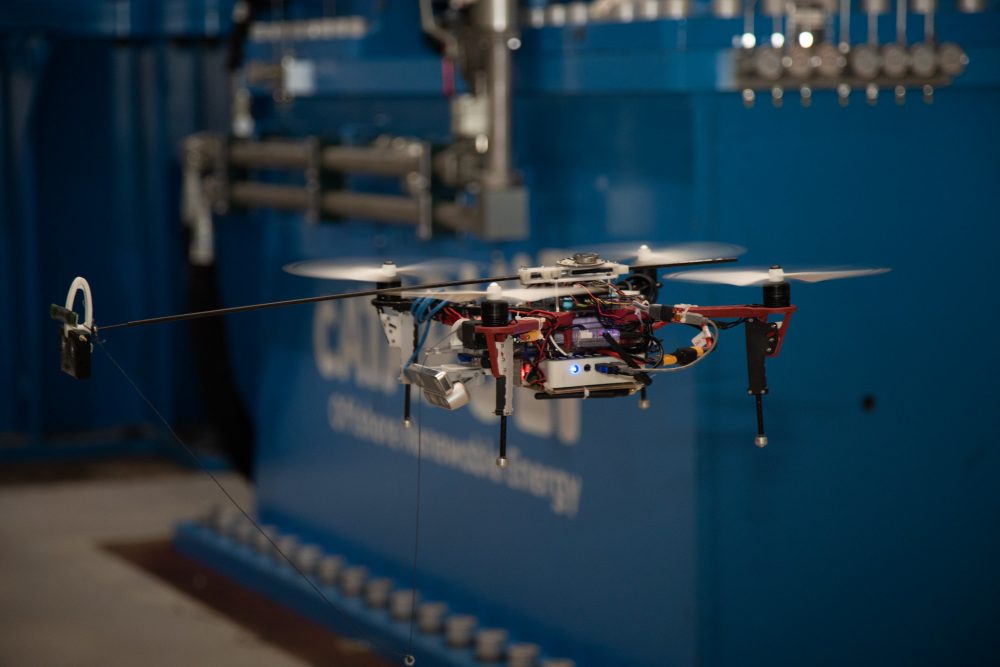
The event, attended by over 30 industry stakeholders, included a demonstration of state-of-the-art autonomous drones by Dr Mirko Kovac, director of the aerial robotics laboratory at Imperial College London. He explained: “Drones are currently used to visually inspect offshore wind turbines, but these inspections are remotely controlled by people on-site at the offshore location. Should an area of concern be found, technicians are required to carry out further inspection, maintenance or repair, often at great heights and therefore in high-risk environments.
“Our drones are fully autonomous. As well as visually inspecting a turbine for integrity concerns, ours make contact, placing sensors on the infrastructure, or acting as a sensor itself, to assess the health of each asset. Our technology could even deposit repair material for certain types of damage.

“This has far reaching applications including removing the need for humans to abseil down the side of turbines which can be both dangerous and expensive. Our drones could also reduce the number of vessels travelling to and from wind farms, providing the industry with both cost and environmental benefits. The ORCA Hub’s objective is to remove humans from hard to reach, hazardous and dangerous work environments and our demonstration to industry presents the far-reaching potential of this robotic solution.”
Other demonstrations included Limpet, a cost-effective, integrated multi-sensing device designed for deployment in large collectives. Limpet can be used on or around an offshore asset for integrity monitoring and inspection.
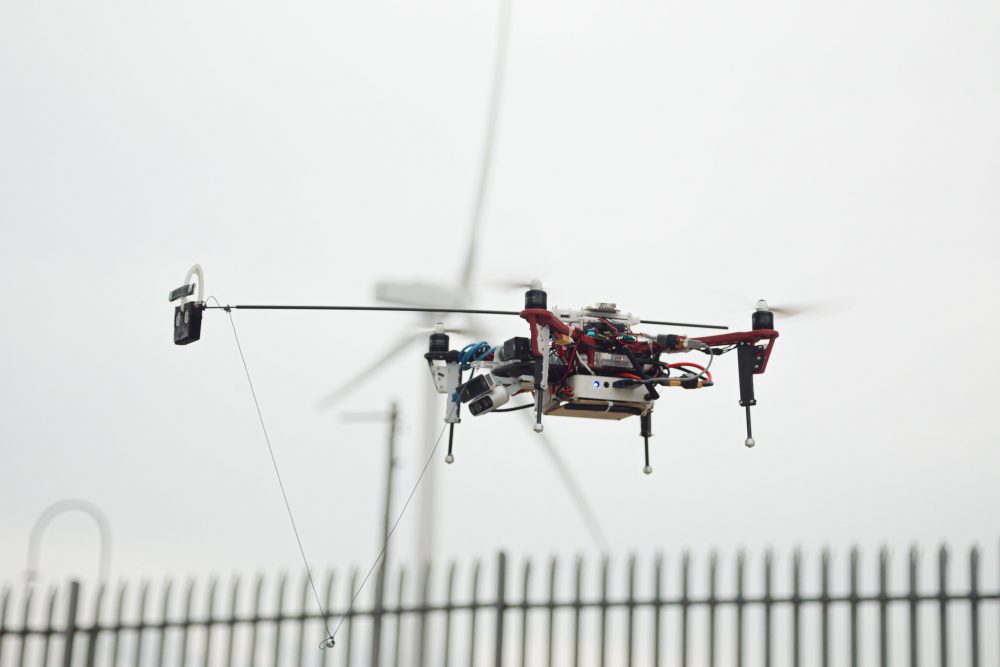
Equipped with nine sensing devices and four methods of communication integrated into a single, robust and compact platform, Limpet replaces the need for multiple sensors to be used for integrity monitoring on wind turbines. Able to wirelessly communicate with each other, or a human operator, Limpet works subsea or topside and can provide an early warning system for asset inspection and maintenance requirements.
Commenting on the importance of events of this type, Professor David Lane CBE, from Heriot-Watt University and director of the ORCA Hub, said: “Events of this type are designed to bridge the gap between industry and academia to accelerate the impact of university research. By using the excellent facilities at ORE Catapult, we have taken the results of our latest research out of a laboratory environment to allow industry to see its application in their world.

“The international offshore energy industry faces many challenges, including near-permanent low oil prices and expensive decommissioning commitments from historic infrastructure, particularly in the North Sea. The ORCA Hub is providing game-changing, remote solutions that can be easily integrated into existing and future assets and sensors for both the renewables sector and traditional industries like oil and gas extraction.
“These demonstrations are an opportunity to further test and adapt ORCA Hub technologies in line with industry objectives. Helping the UK to export agile products and services internationally will ensure our energy sector remains not just economically viable but globally competitive as technology becomes increasingly important in safeguarding humans from hazardous work environment.”
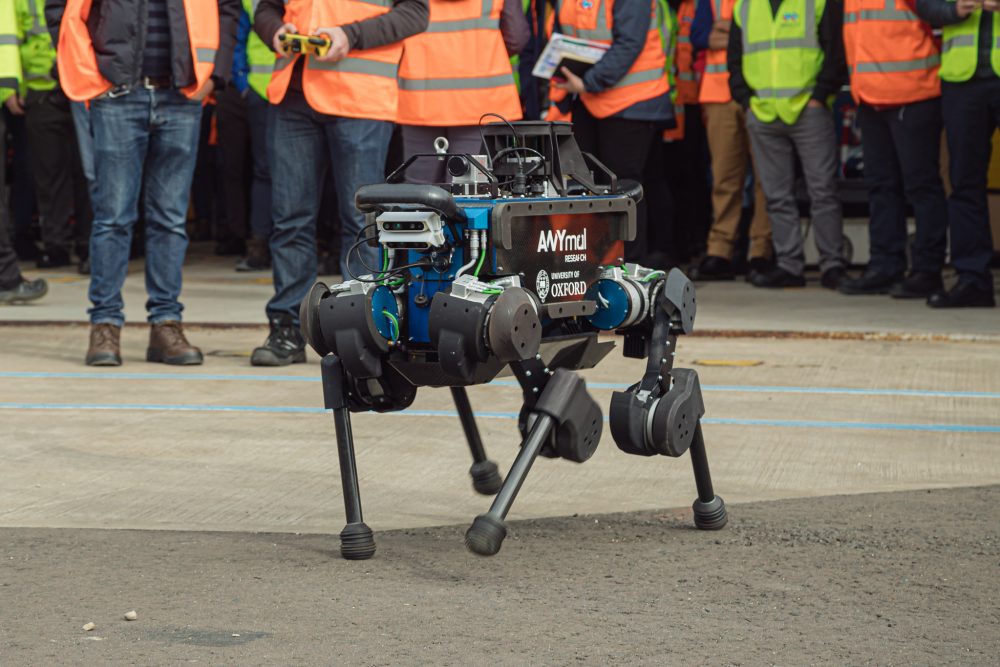
Chris Hill, Operational Performance Director at the Offshore Renewable Energy Catapult, said: “Robotics, autonomous systems and Artificial Intelligence technologies provide the UK with an unparalleled economic opportunity. Using these technologies to enhance our world-leading position in operating and maintaining offshore renewable energy plant is a key focus for ORE Catapult, and will enable our sector to continue to grow to become the backbone of the UK’s energy supply – reducing the cost of electricity for the UK consumer, improving health and safety offshore and contributing to the global fight against climate change.
“ORCA Hub is leading the way in developing some of these exciting and cutting-edge technologies, and we are delighted to be working alongside them to help identify some of their potential real-world applications in offshore renewable energy.”

Senior Research Engineer at EDF, Tariq Dawood said: “Research of this kind is of huge interest to us as one of the UK’s leading renewable companies and we seek to employ the latest technology in our offshore asset inspection procedures.
“As renewable energy infrastructure grows in both scale and complexity, we will watch closely to determine how this sophisticated technology, including autonomous and semi-autonomous robotics solutions, can be best deployed and we look forward to supporting ORCA Hub’s objectives going forward.”










